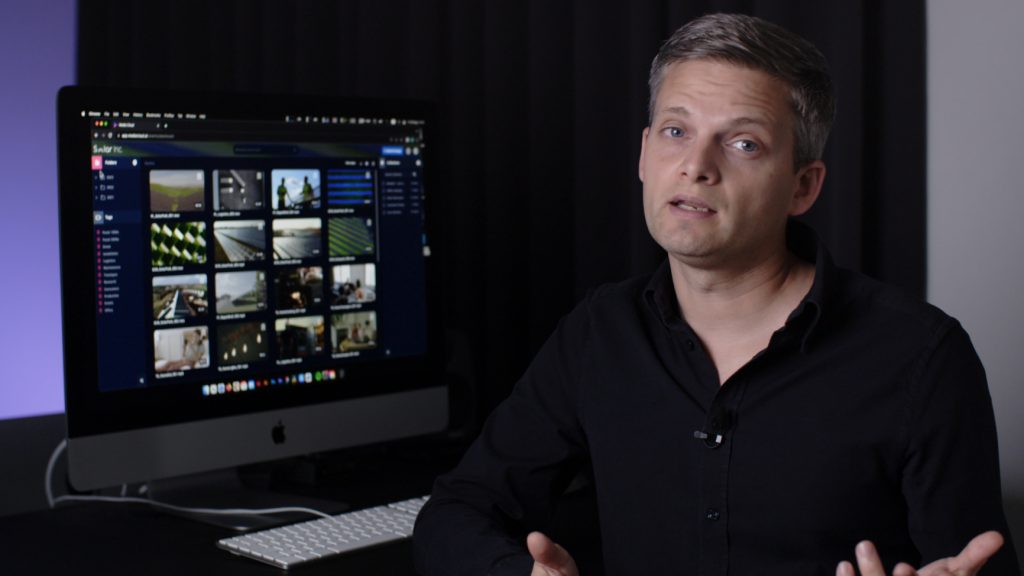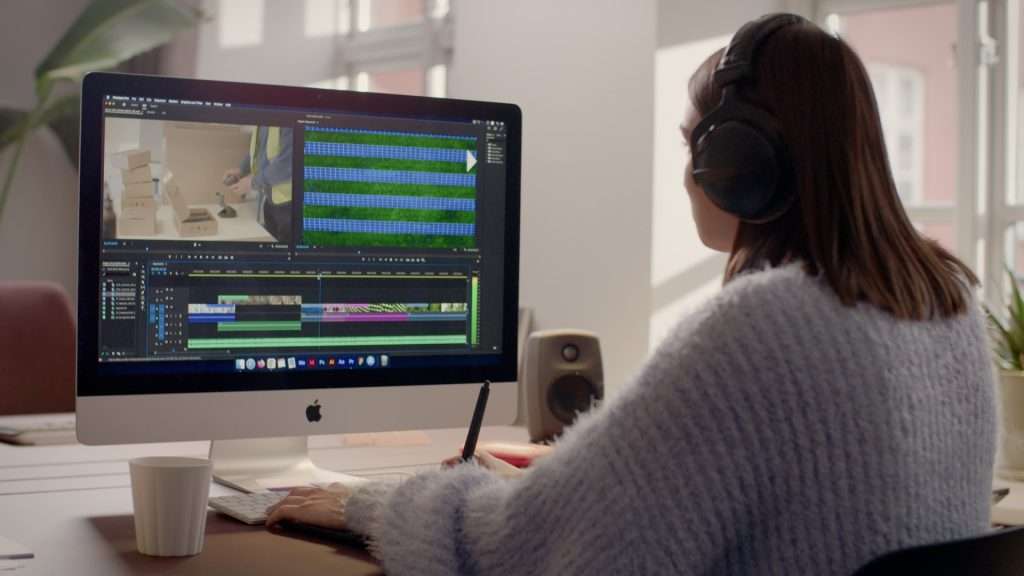
The Smart Marketer’s Guide to Using Consent Forms and Model Contracts
Content ProductionWhen we are talking about corporate marketing content that contains videos or pictures with identifiable people—whether these are your employees or customers—then you need their permission (commonly known as consent – ideally in writing). But sometimes we also hear about the legal term “model contract”, so what’s the difference, and what should you use to ensure you stay compliant?
Typically, video crews will use these two types of agreements to sign up participants. The main difference is that a consent form is something that’s voluntarily signed, and a model contract indicates a payment has been made to the participant/model. This distinction is very important when you’re producing content. We’ve often seen companies just use consent for everything, but that can lead to problems, because consent implies it can be withdrawn by the participant.
In other words, imagine you’re filming expensive corporate b-roll footage with a bunch of people in it. If everyone signs a consent form and later one of those people decide to withdraw their consent, you could be left with footage you simply can’t use anymore —because it contains individuals who no longer want to be featured. That’s when having a model contract, where participants cannot opt-out, becomes extremely valuable—especially if you’re spending a lot of money on the production like hiring crew, locations, gear and so forth.
Obviously, a model contract involves a payment to the participant, and there aren’t strict guidelines for how much that payment should be. It just has to be considered “reasonable”. You can’t pay someone a small fee, like $20, and then feature them in a huge global advertising campaign, with 12 hours of filming expected from them — this would most likely be deemed an insufficient payment, right. This is a grey-zone area that usually requires a conversation with your legal team or lawyer to figure out your company’s policy. We’ve seen rates in Europe vary from around 100 euros for a short session (about an hour or two of filming), all the way up to thousands of euros for a full day fee—especially for professional actors or influencers.
So, the bottom line is that it’s important to differentiate and understand the advantages of using a consent form, which is easy to obtain and straightforward to get in writing. However, you run the risk that participants may opt out later, rendering your footage unusable.
On the other hand, a model contract locks-in the participant so they cannot withdraw, but that comes at a price (model fee).

The looks from my Voyager LUT pack give our image some color separation from the get-go.
We often see customers use both types of agreements, thinking carefully about the value and recyclability of the content they are about to film, how long they need it, and whether it would be a big problem if someone opted out. Balancing these factors helps you determine what type of release form is right for your individual project.
All customers using Mediacloud.ai can use our legal templates and Quick consent technology to ensure they stay compliant by following our guidelines and advice.

The looks from my Voyager LUT pack give our image some color separation from the get-go.


